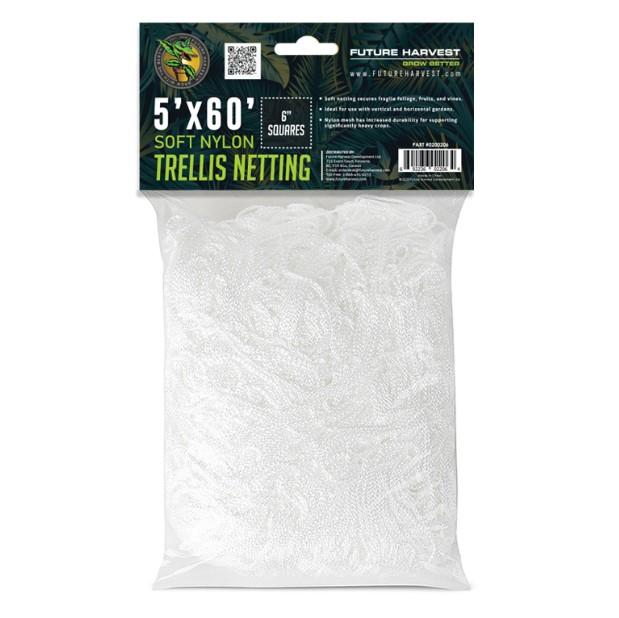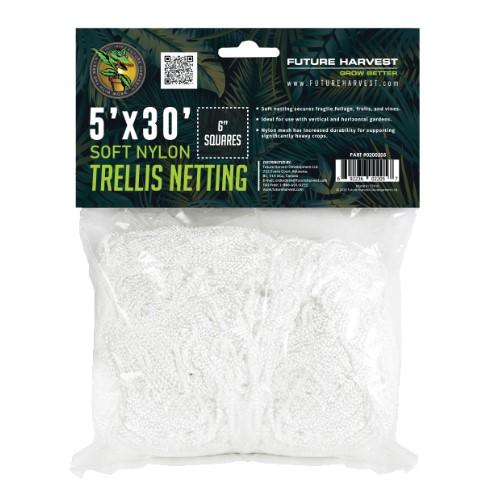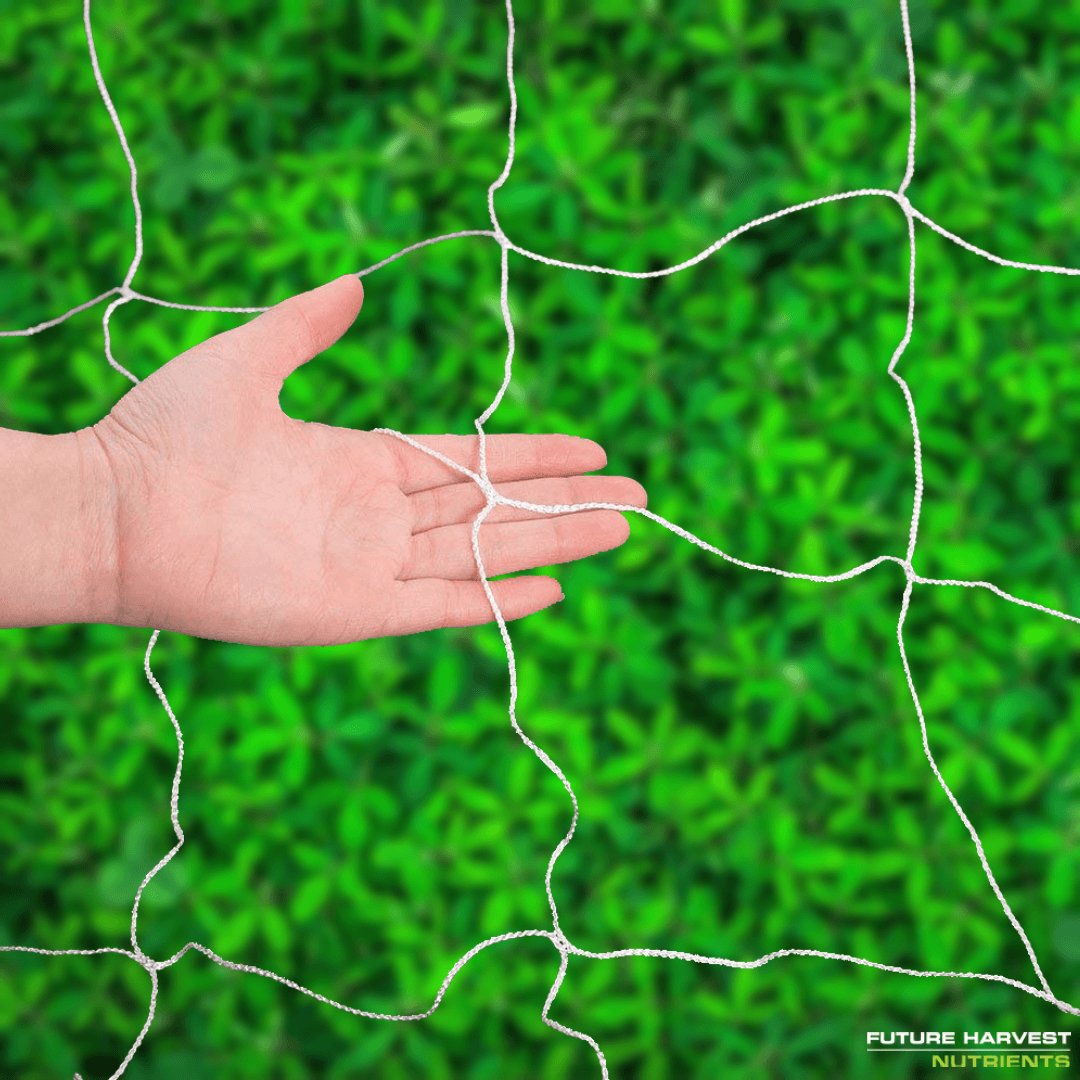Trellis Netting ***CLEARANCE PRICE***
Trellis Netting ***CLEARANCE PRICE***
Impossible de charger la disponibilité du service de retrait
Why Choose Trellis Netting?
Trellis netting is a key element in guiding and supporting plant growth to achieve maximum yield, quality, and efficiency in your garden. It's designed to train plants into their optimal position and size, providing a secure foundation whether you're growing vertically or horizontally.
Versatile Material Options
Our selection includes various types of trellis netting to suit every gardener's needs. Choose from soft mesh nylon for delicate plants or opt for heavy-duty plastic for more vigorous climbers. Each material is selected for its durability, ease of use, and ability to support climbing vegetables and vibrant flowers.
How to Utilize Trellis Netting Effectively
Engineered for resilience, our trellis netting is lightweight yet strong, capable of supporting plants as they grow. The key advantages of using our netting are its ease of handling, light weight, and resistance to harsh weather conditions. Nylon options provide a gentle yet firm hold, perfect for supporting stems and vines securely.
Installation Tips for Optimal Support
Implementing trellis netting in your garden is straightforward. It can be hung vertically, like from a roof edge, or stretched between two stakes for a flat, wall-like effect. For horizontal applications, lay it over an A-frame structure. The primary considerations when choosing your netting should be the anticipated weight of your plants and their growth expectations.
Storing Your Trellis Netting
Our trellis netting is designed for convenience, occupying minimal storage space when not in use. It can easily be folded or rolled back onto the roll, ready for the next planting season.
Trellis Netting for Low-Stress Training (LST)
Incorporate trellis netting into your Low-Stress Training techniques to improve air circulation, light exposure, and simplify harvesting. LST methods such as Sea of Green (SOG) and Screen of Green (ScrOG) can greatly benefit from our netting, allowing for maximum plant exposure to grow lights and efficient use of space.
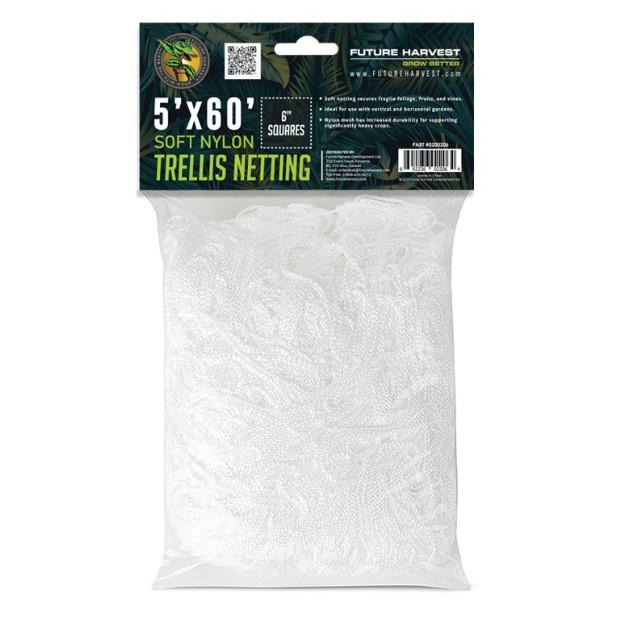
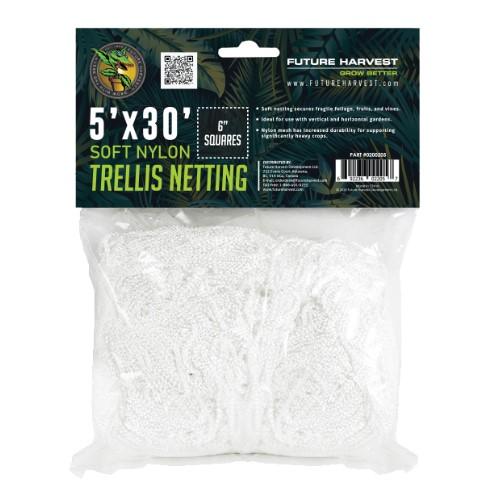
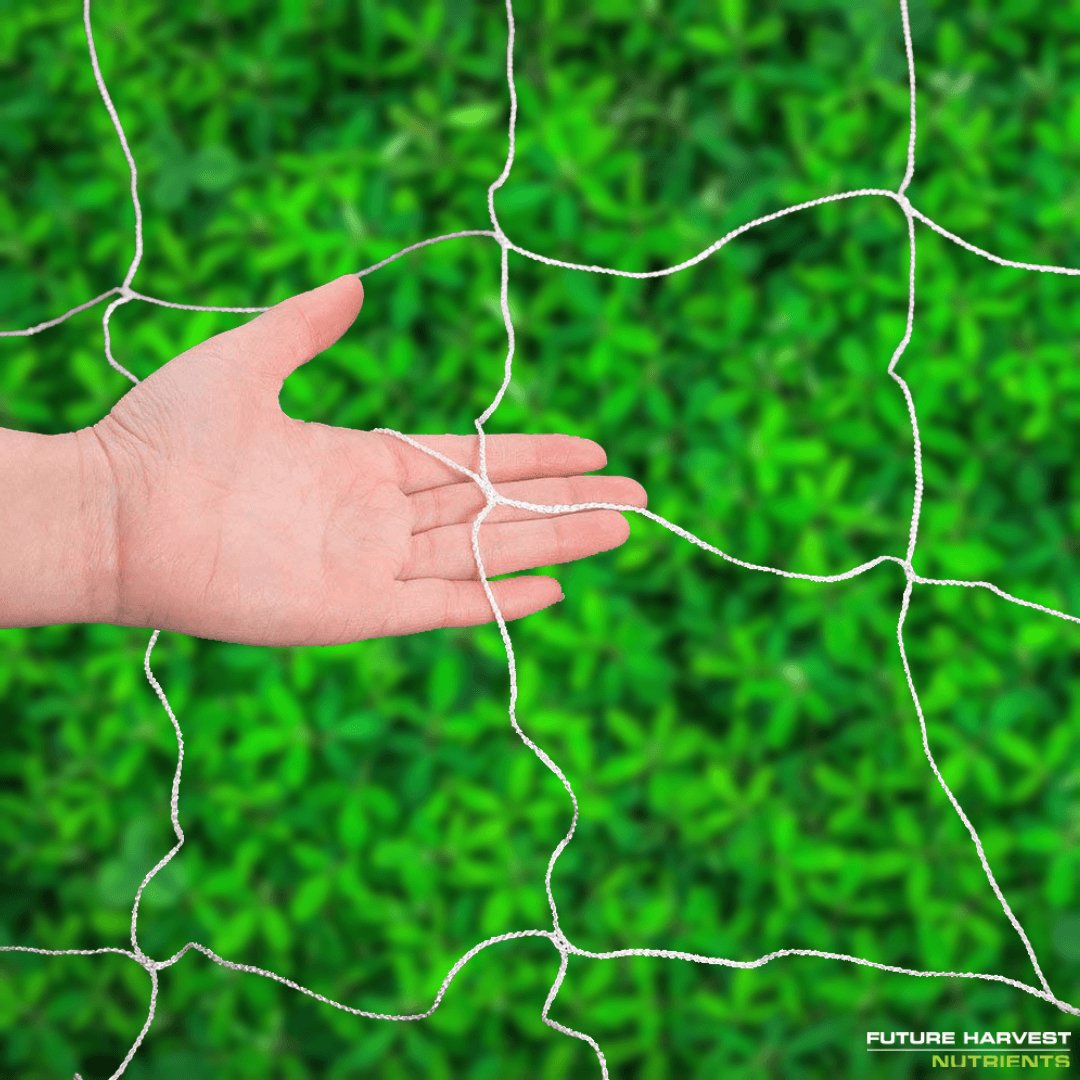
$15.00 CAD
Reviews
-
WELL TRUSTEDOver 100k customers
-
SUPER FASTWith Express delivery
-
EXPERT HELPSeven days a week
-
BEST PRICESUnbeatable value

